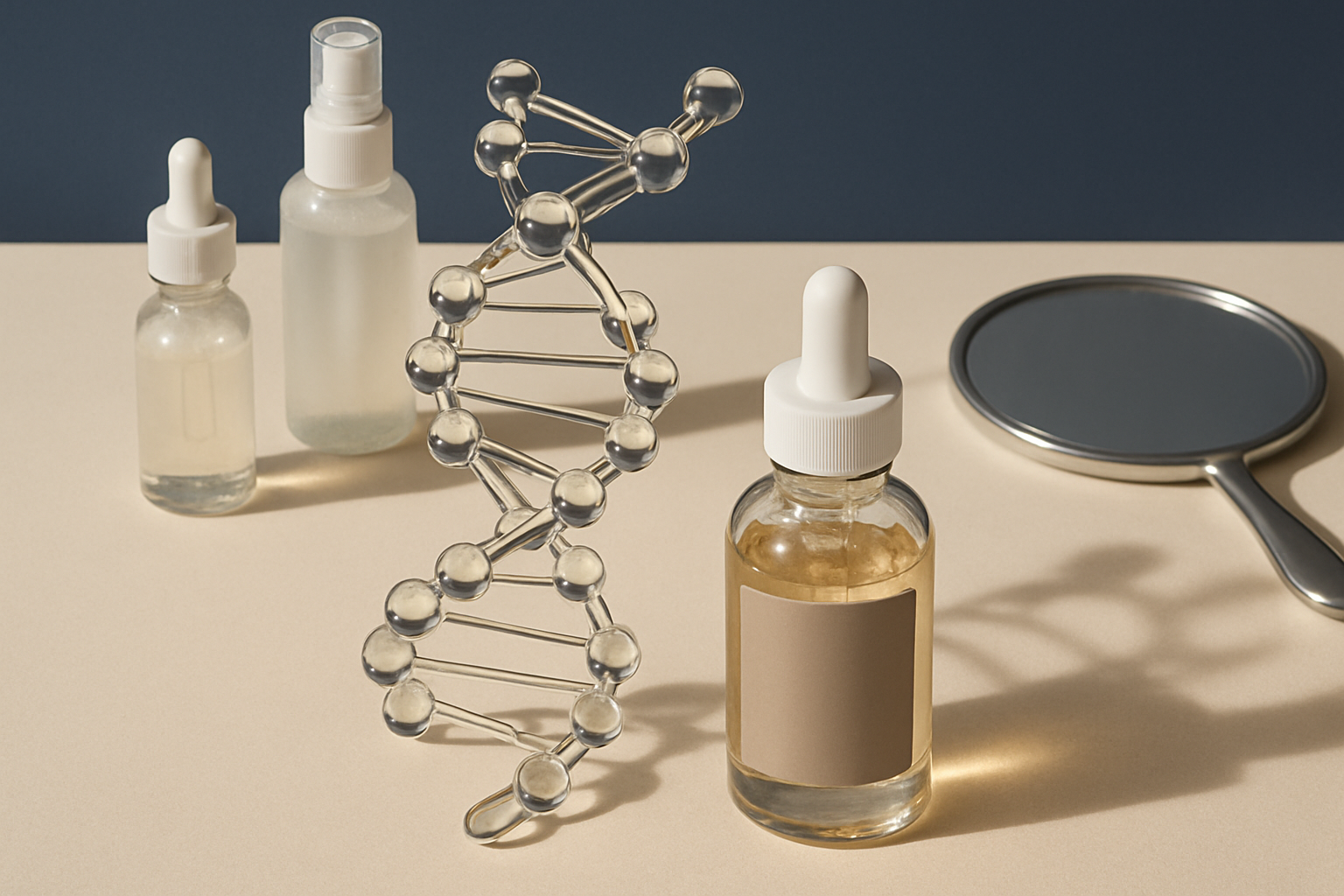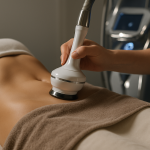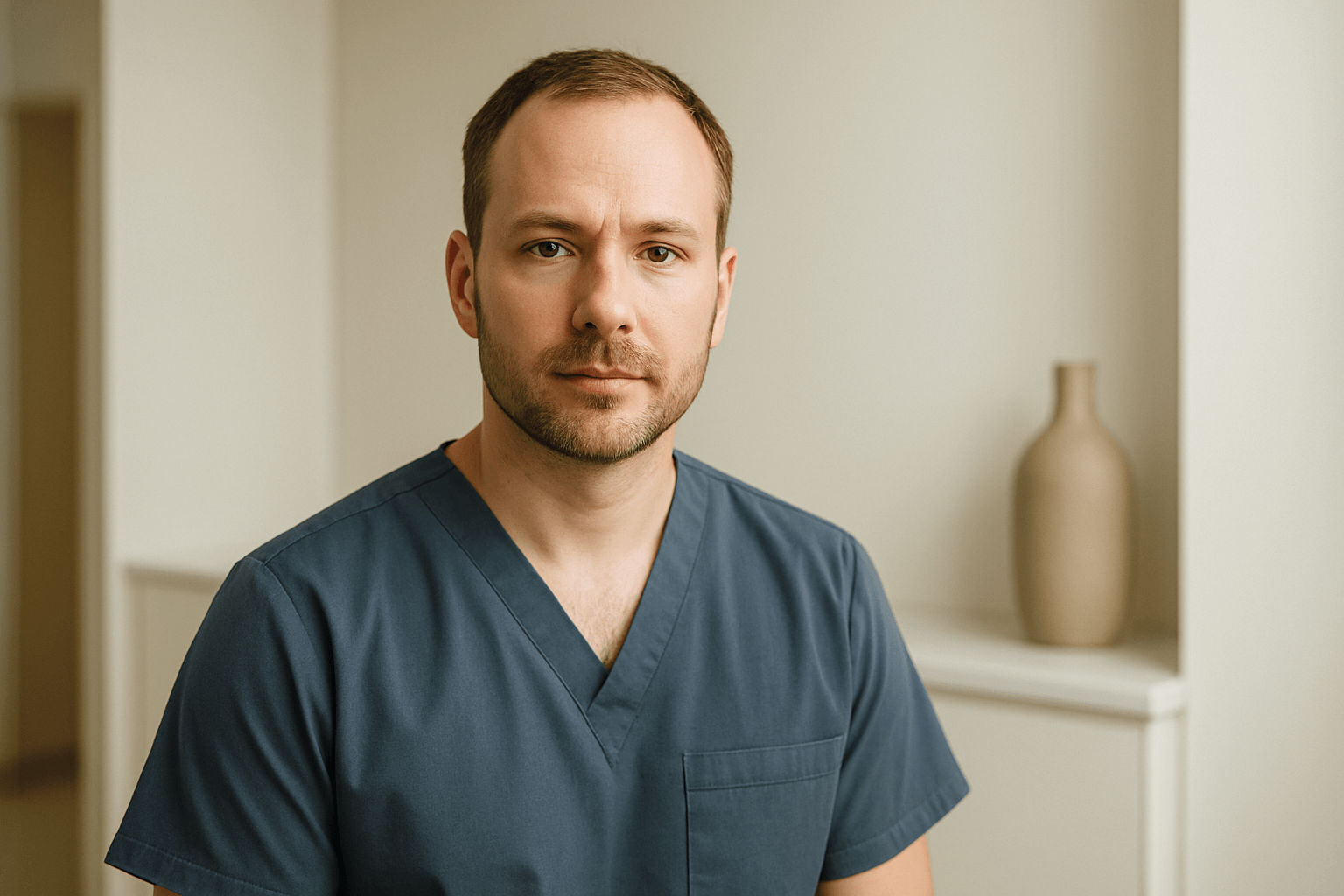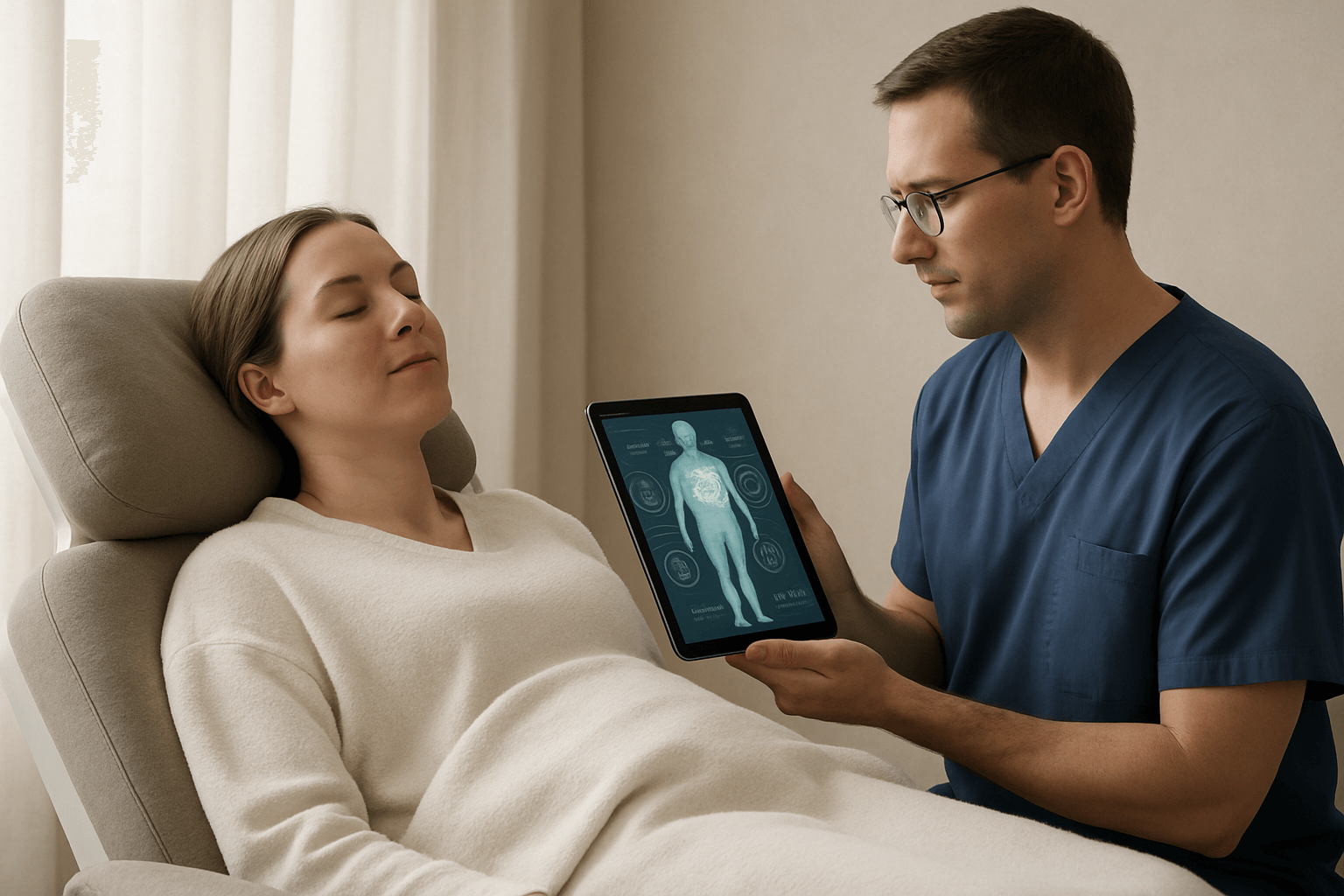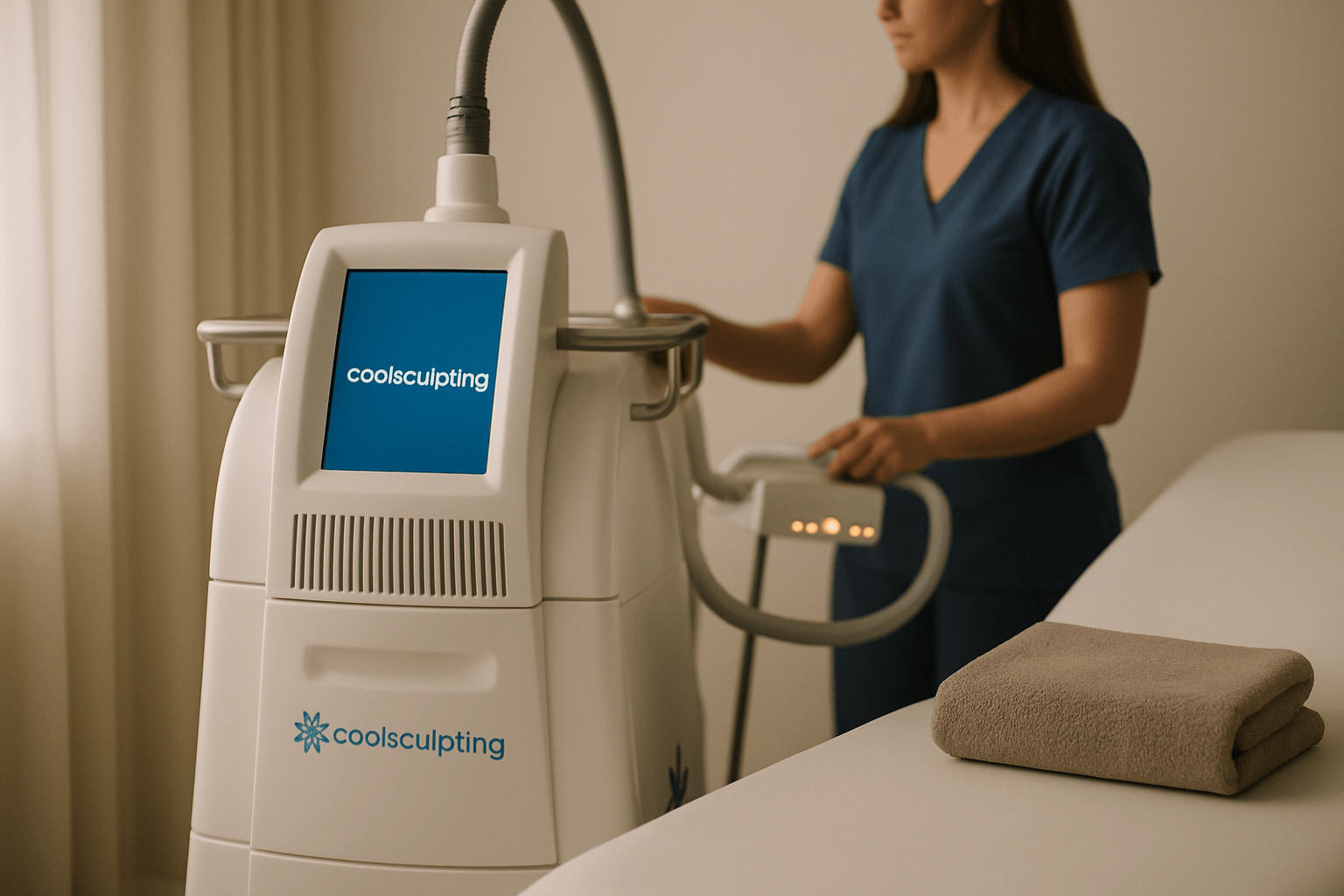Ever looked in the mirror and wondered if you’re destined to age like your parents? You’re not alone. Questions about “Genetics in Aging” are among the most common in our consultations at Kovak Cosmetic Center. While genetics play a major role in how we age—affecting everything from skin elasticity to hair loss—they’re only part of the story. Modern aesthetic medicine offers a wide range of options to address what’s inherited and what can be improved. This blog unpacks the science behind genetics in aging, separates myth from reality, and explains how today’s treatments can help you look and feel your best—regardless of your DNA.
Jump To:
TLDR – Quick Guide
- Genetics account for roughly 20–30% of how you age; lifestyle and environment play a much larger role.
- Some inherited traits—like skin thickness, wrinkle patterns, and hair loss—are hardwired, but many visible signs of aging can be improved or reversed with aesthetic medicine.
- Non-invasive treatments, injectables, and lasers can target concerns like lines, pigmentation, and skin laxity, but genetics will always set the baseline.
- Results vary; ongoing maintenance and healthy habits amplify any aesthetic treatment.
Detailed Breakdown
How Do Genetics Influence Aging?
Genetics determine your basic aging blueprint. Key inherited factors include:
- Skin Type & Thickness: Fair, thin skin often shows sun damage and wrinkles earlier, while thicker, oilier skin may age more slowly but be prone to other issues.
- Wrinkle Patterns: Where and how you form lines—forehead, eyes, mouth—are often similar to your parents.
- Pigmentation & Sun Sensitivity: Your melanin levels dictate risk for sun spots, freckles, or uneven tone.
- Hair Loss & Texture: Male/female pattern baldness and hair thinning often follow family trends.
- Collagen Production: The rate your body breaks down collagen and repairs skin is partly genetic.
What Can’t You Change?
- Bone Structure: The shape and support your facial bones provide cannot be altered without surgical intervention.
- Genetic Skin Conditions: Some inherited conditions (like rosacea, eczema) may be managed but not cured.
What Can You Influence or Improve?
Here’s where aesthetic medicine comes in:
1. Non-Invasive Facial Treatments
Advanced lasers, microneedling, and radiofrequency can boost collagen, even out skin tone, and improve texture—regardless of your genetic starting point.
2. Injectables and Fillers
Botox, fillers, and biostimulators like Sculptra address volume loss, smooth lines, and reshape features. These treatments can dramatically alter your appearance within your genetic “canvas.”
3. Skin Care & Prevention
Consistent sun protection, medical-grade skincare, and healthy lifestyle choices (diet, sleep, hydration) can slow visible aging far more than genetics alone would predict.
4. Hair Restoration
PRP therapy, laser treatments, and prescription regimens can address hereditary hair thinning or loss—delivering significant improvements even when genetics are a strong factor.
5. Body Contouring
Technologies like Emsculpt, liposuction, and radiofrequency devices can reshape and tone—though they won’t change inherited body shape, they can optimize your results.
What Affects the Results You See?
- Age at Treatment Start: Earlier intervention often means more dramatic, longer-lasting results.
- Lifestyle: Smoking, sun exposure, stress, and diet have huge impacts—sometimes greater than genes.
- Consistency: Regular treatments and follow-up matter far more than “miracle” one-time solutions.
- Provider Skill: Personalized plans and expert care, like those at Kovak Cosmetic Center, ensure the best outcomes tailored to your genetic profile.
Realistic Expectations: What Most Patients Experience
- Quick wins: Smoother skin, improved tone, and subtle lifting after initial treatments.
- Gradual gains: With ongoing care, you’ll notice brighter, firmer skin, and slowed appearance of new lines or age spots.
- Long-term success: Genetics set the baseline, but your daily habits and commitment to maintenance will determine your unique aging journey.
Remember: Aesthetic medicine is about enhancing your natural features—not erasing your genetic identity. The goal is a fresher, more confident version of yourself.
Key Takeaways
- Genetics shape your aging process, but environment, lifestyle, and modern treatments play a much larger role than most people realize.
- Aesthetic medicine can’t “rewrite” your DNA, but it can dramatically improve, slow, and even reverse many visible signs of aging.
- Early action, healthy habits, and regular professional care are the real “secrets” to aging gracefully.
FAQs
How much do genetics really matter in aging?
About 20–30% of visible aging is determined by your genes; the rest is influenced by lifestyle and environment.
Can aesthetic medicine overcome “bad genes”?
While we can’t change your DNA, most patients can significantly improve their appearance and confidence with today’s treatments.
What’s the most important step if I want to age well?
Start early with sun protection and a tailored skincare routine; consult with an expert about preventive aesthetic treatments.
Will my results be permanent?
Treatments can offer long-lasting results, but ongoing maintenance and healthy living are essential for best outcomes.
How do I know which treatments are right for my genetic profile?
A personalized consultation, including medical and family history, ensures the safest and most effective plan.


